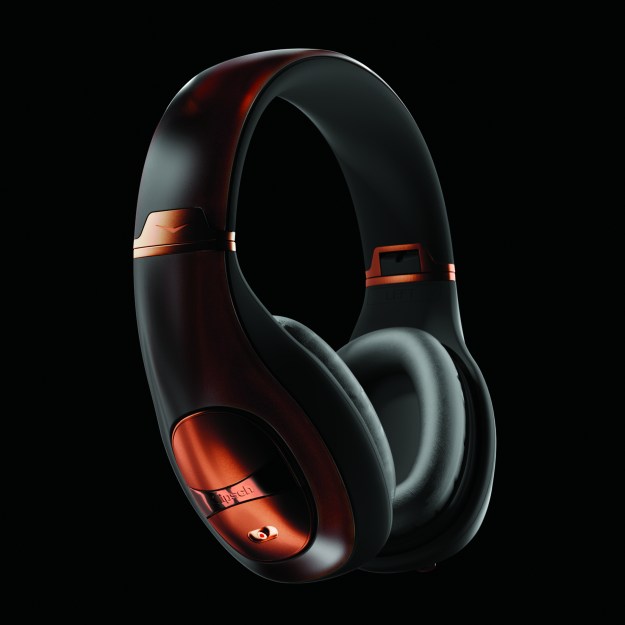 Klipsch is based out of Indianapolis, Indiana where CEDIA 2011 is being held this year, but the company isn’t holding out for the hometown event to take the wraps off some of its hottest new products for 2011. Instead, Klipsch is bound for Berlin, Germany, where the IFA trade show is set to blast off in a couple of days. If you’re not familiar, the IFA is, in terms of attendance, the largest consumer electronics trade show in the world. The action formally kicks off on September 2, but some of its exhibitors are already taking the wraps off of a few of their new products and Klipsch just happens to be one of them.
Klipsch is based out of Indianapolis, Indiana where CEDIA 2011 is being held this year, but the company isn’t holding out for the hometown event to take the wraps off some of its hottest new products for 2011. Instead, Klipsch is bound for Berlin, Germany, where the IFA trade show is set to blast off in a couple of days. If you’re not familiar, the IFA is, in terms of attendance, the largest consumer electronics trade show in the world. The action formally kicks off on September 2, but some of its exhibitors are already taking the wraps off of a few of their new products and Klipsch just happens to be one of them.

It looks like Klipsch is unveiling three new products and announcing an entirely new line of headphones at IFA this year, all of which appear to show some real promise. Some are even downright sexy. Let’s take a look at what the iconic American speaker maker has in store for us this fall:
First up is the Image S4A, an Android adaptation of the popular S4i in-ear headphones with the same controls for volume, muting and skipping songs. Based on information provided by Klipsch, it seems that a download of its new Android app is necessary to get the most out of the headphones talk features. Just like the S4i, the S4A come with a suggested price tag of $99.
Airplay is the new must-have feature for this year and Klipsch now has its seat on the bandwagon with the introduction of the Gallery G-
The new Klipsch Mode M40 headphones (top) are the company’s first active noise-cancelling headphones. While Klipsch is a little more than fashionably late to the active noise-cancelling party, they sure came dressed to kill. In fact, the 1080p video teaser at Klipsch’s site has us drooling a little bit. Not only is the finish on these cans stunning, so are some of the specs. The M40 are a dual-driver headphone, packing a 40mm woofer and 15mm tweeter into each earcup. Klipsch says the M40 will run for 45 hours on a single battery but will continue to sound great after the battery dries up. The cloth-covered cable is a nice touch and the leather ear-cups sure look comfy. We’ll definitely be requesting a review sample to see if they sound as great as they look.
Klipsch also announced it is creating a Reference series of headphones that reflects the approach taken with its Reference series of speakers. We haven’t found any images yet, so we can only hope they’ll look as slick as the M40. Three specialty Reference models have been announced: The Reference S4, Reference S4i and Reference ONE are priced at $99, $119 and $179 respectively. Not only will the series carry over the copper tones from Reference speaker line, but are apparently voiced similarly as well. We’ll be keeping an eye out for them, too.



